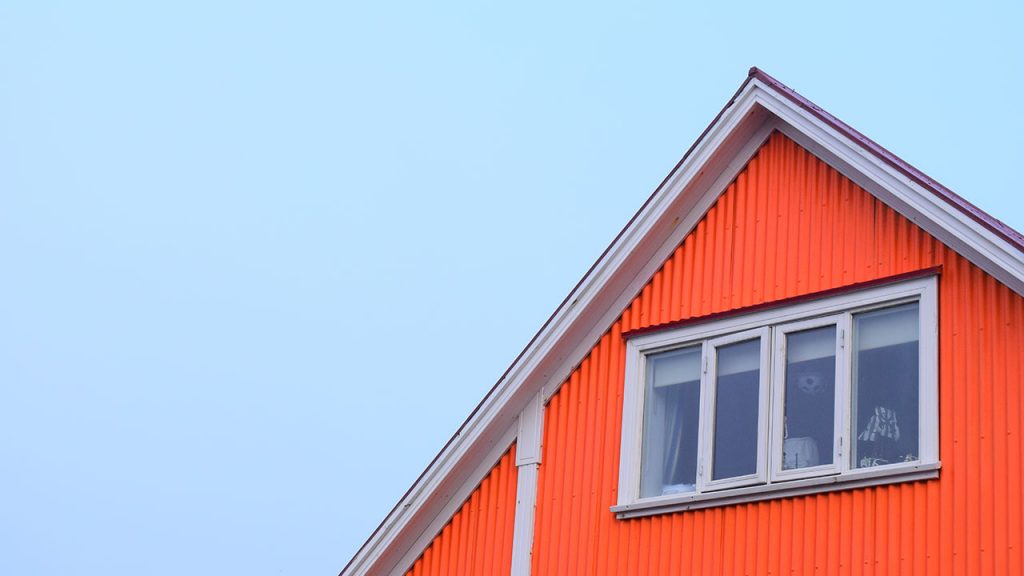Every part of a house, school or commercial building’s outer skin, including the roof, windows, and foundation should be made with components that minimize/eliminate radioactivity. There will be a natural contact with radiation both inside and outside the building. The exterior radioactivity comes from the Earth and sky. There is also the possibility of interior radioactivity from, materials we use to build our house, to materials we bring into the home, and even the food we eat.
Depending on the altitude of a provided locale and its soil characteristics, natural background radiation exposures can vary substantially. This radiation originates from unstable atomic nuclei within the earth’s crust and from energetic charged particles coming from above us.
The most prevalent and problematic is Radon. It is a gas that is odorless which escapes from certain radioactive materials (soil, building materials) and accumulates into the air. Radon exposure is taken seriously by the Environmental Protection Agency (EPA), especially in homes. The EPA advises that indoor air level of 148 Bq/m3 (4 pCi/L) should not be surpassed for any amount of time.
Some less likely types of radiation, but also to be aware of are Potassium-40 and thorium-232 that can come through drinking water and food.
Some health symptoms that can arise are mental health issues like anxiety and depression. Also perhaps a persistent cough, chest pains or recurring infections like pneumonia or bronchitis.





